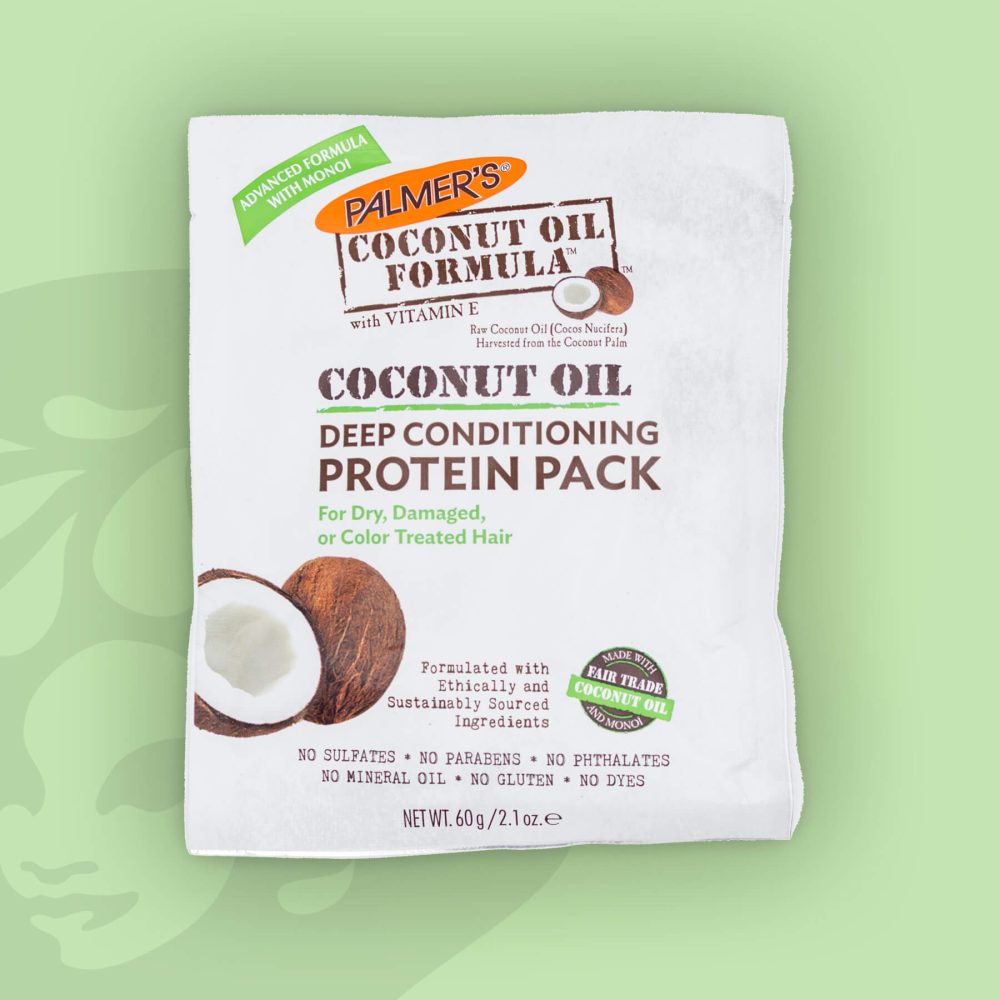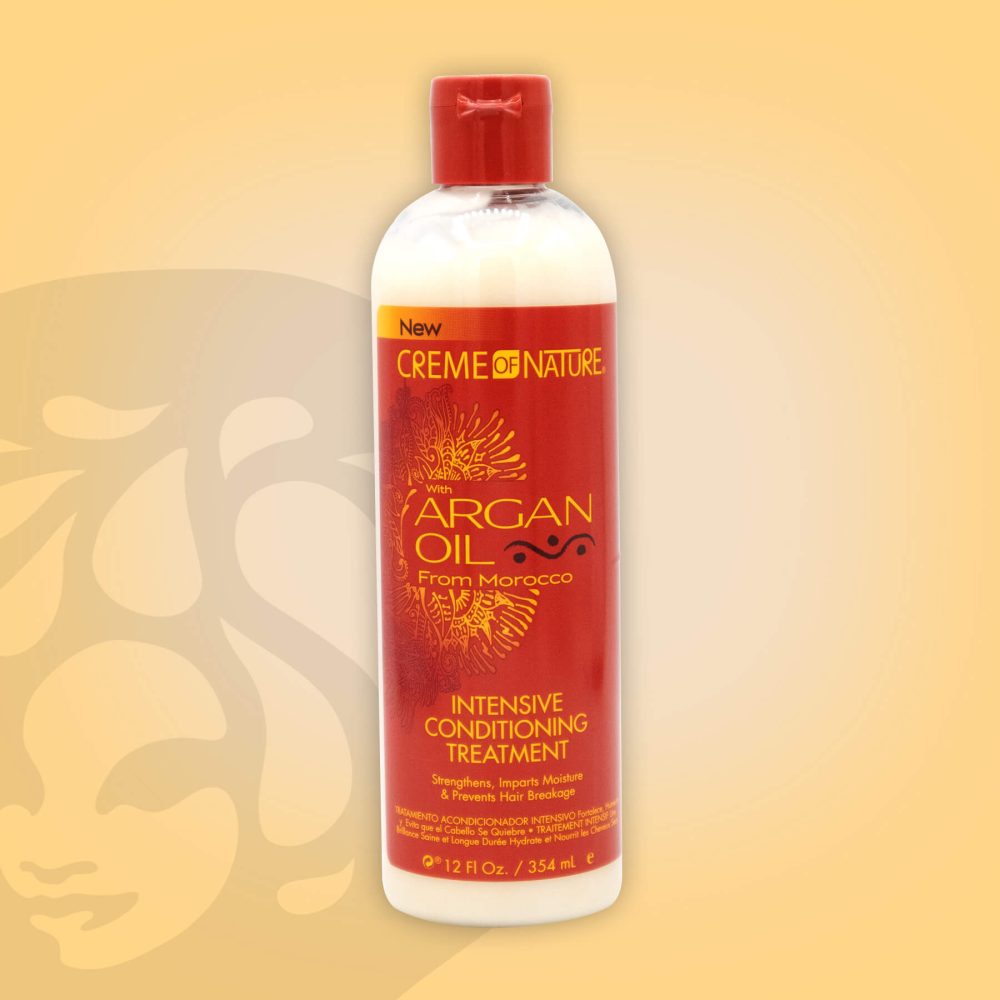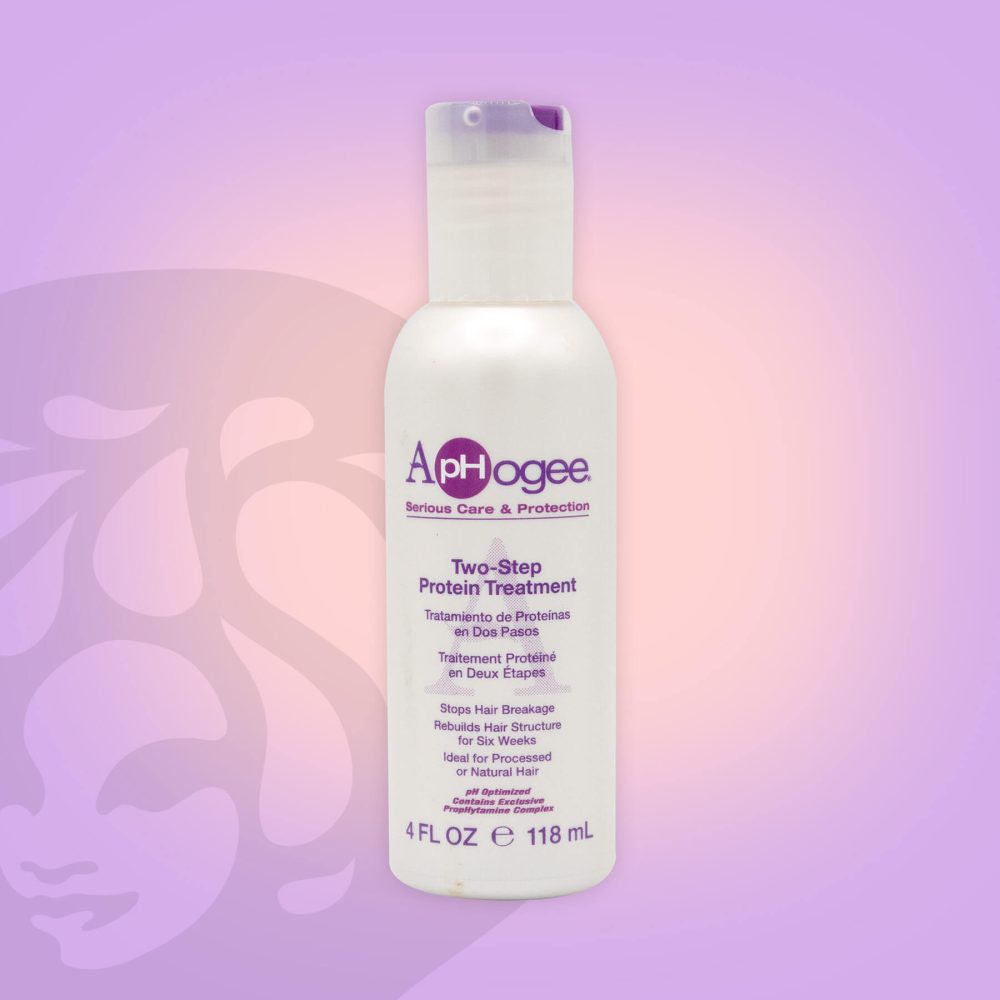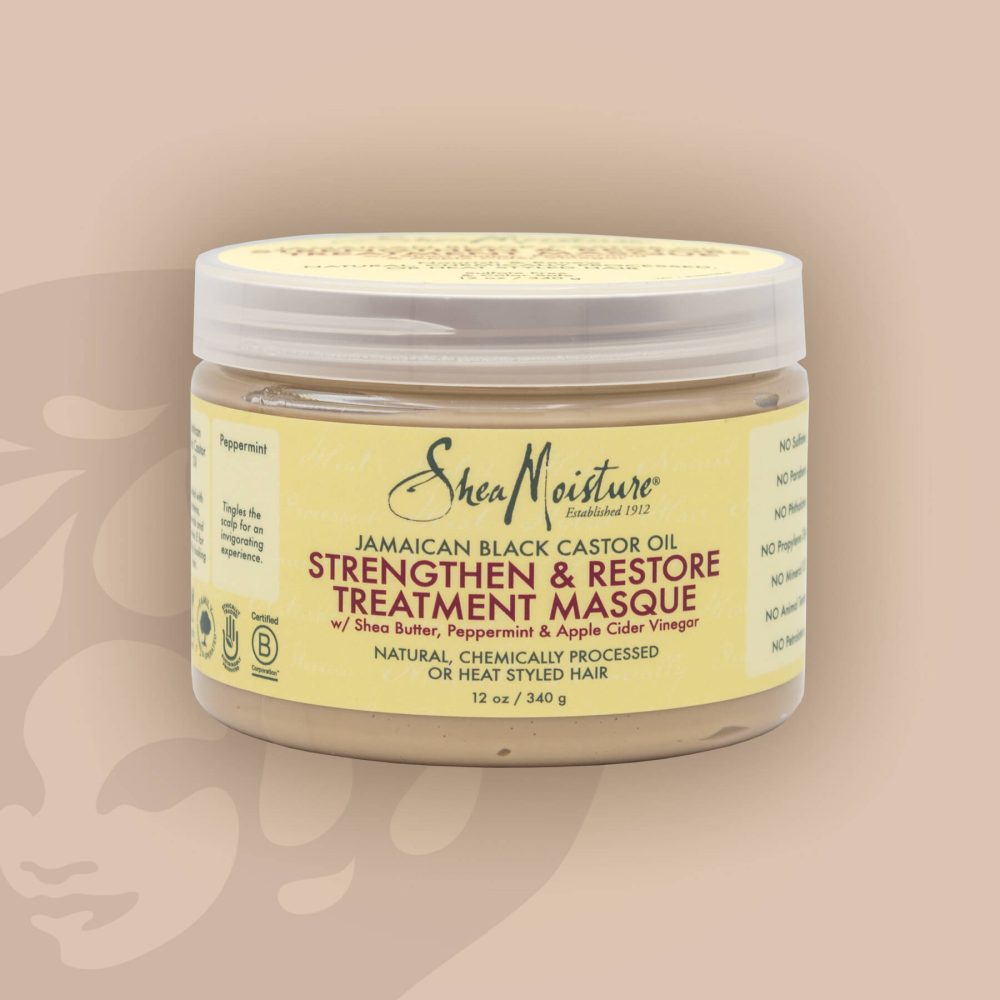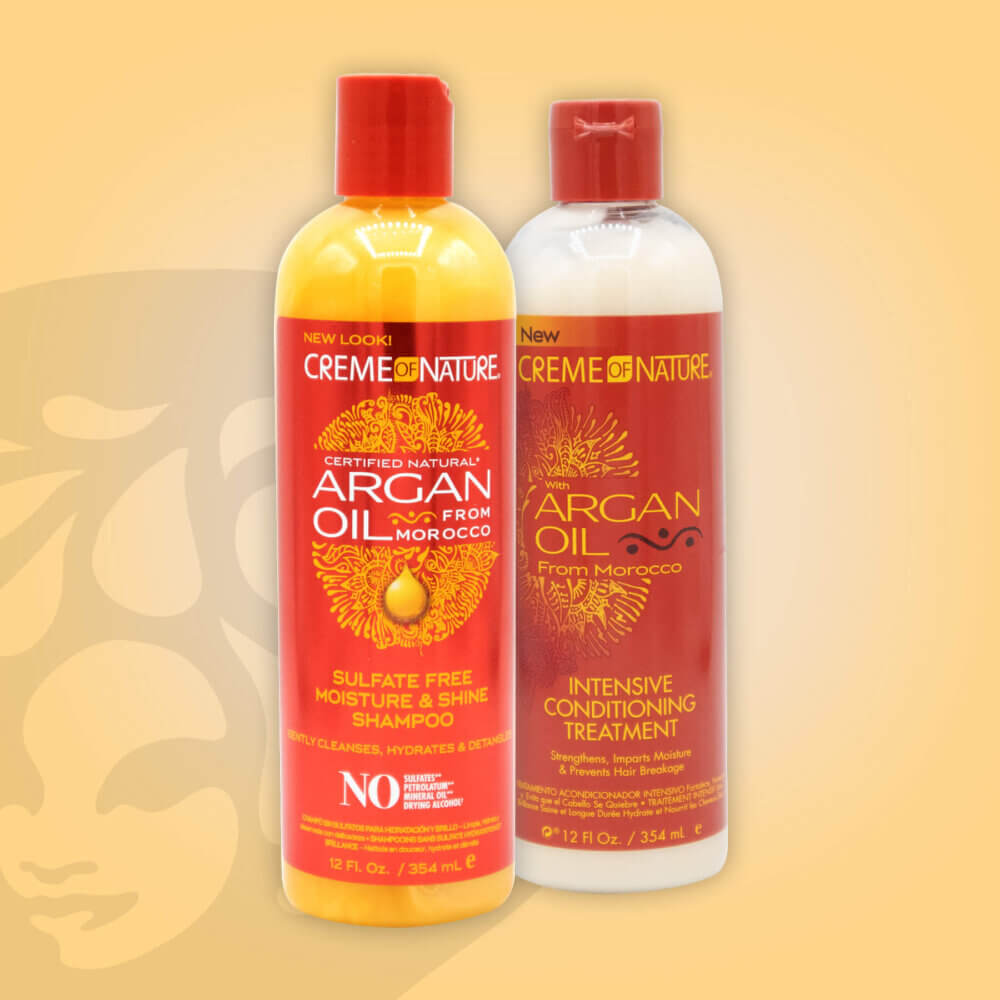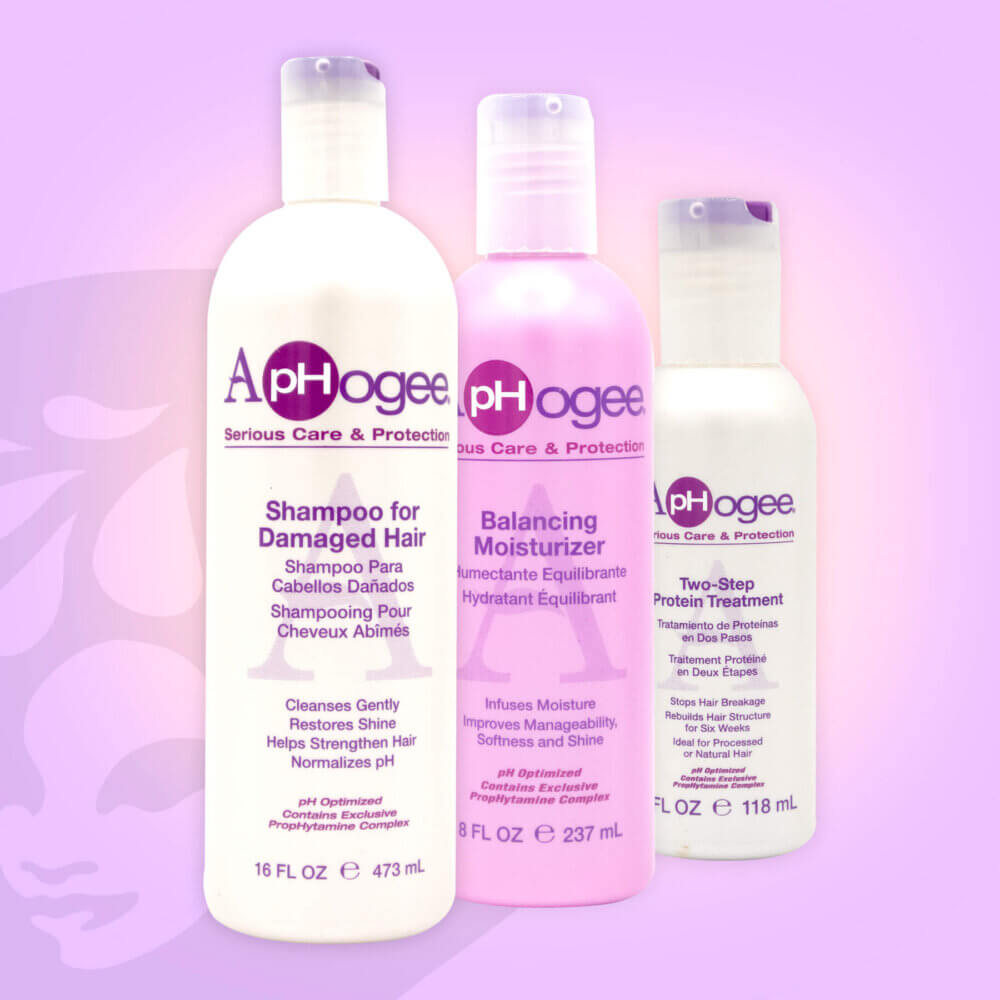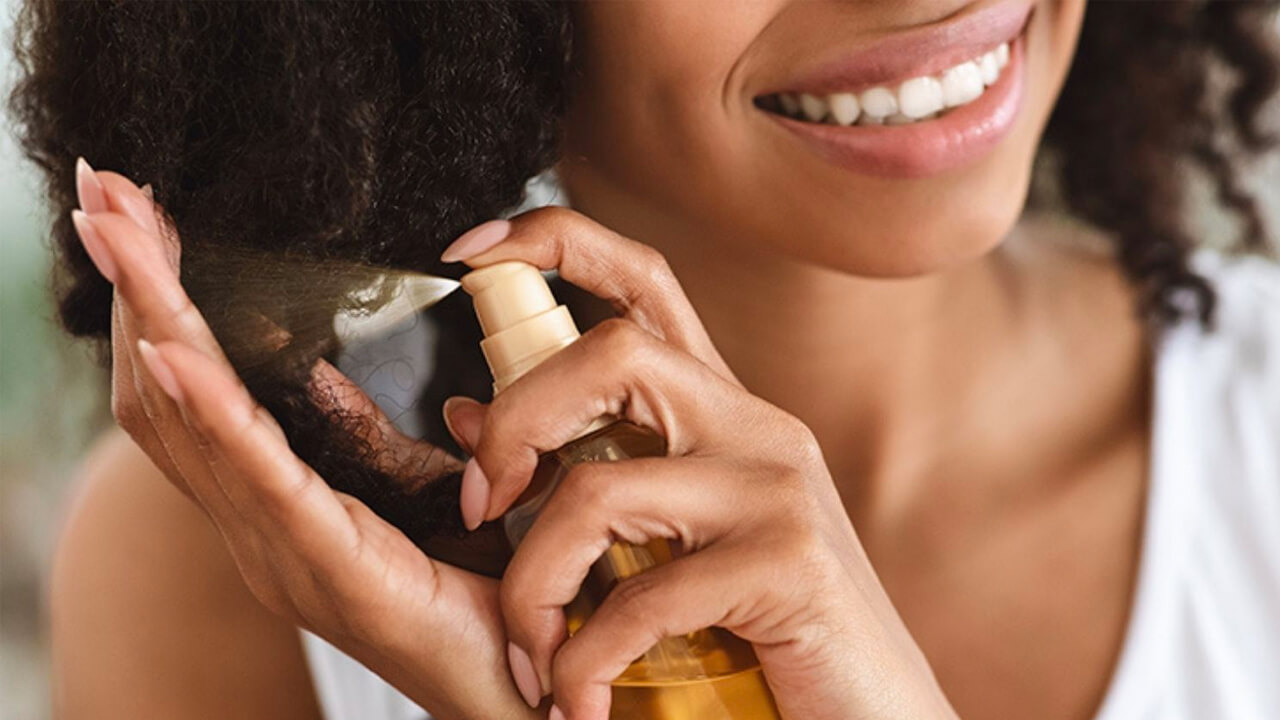I must admit that if there’s a message that is totally needed for me, it would be the intro of this article. When it comes to protein treatments, I don’t treat my hair to one, nearly as much as I should. However, recently, I did and man — I could immediately see the difference.
It makes total sense too when you think about the fact that hair is made up of mostly protein and protein treatments help to strengthen strands, repair chemical damage (especially if you color-treat your hair often), reduce the amount of split ends that you get, eliminate frizz and prepare your hair if you’re planning to go from relaxed to natural hair and you want to keep your strands from experiencing a lot of breakage during the transition process.
So, how often should you give yourself a protein treatment? A lot of hair care professionals recommend somewhere between every 4-6 weeks. And what should you apply to your hair when it’s time to get one?
Top selling protein treatments & conditioners
Palmer’s Coconut Oil Formula Deep Conditioning Protein Pack
This is a hair saver – seriously! Get your hair repair game on point with Palmer’s protein pack. It’s also travel friendly and flight-safe too. What’s not to like!?
Mielle Organics Babassu Oil Mint Deep Conditioner
£11.99One of the best deep conditioners for the money full stop! Super rich in nourishments, designed to moisturise to the max, plenty of slip to aid wash day detangling. It’s so popular and now you know why!
ApHogee Two-Step Protein Treatment
£8.99Say goodbye to broken strands forever! Gets our vote because it improves the conditions of your hair, and you’ll use it so sparingly it’ll last forever. Give your hair the intensive conditioning treatment it needs without having to go to the salon. Do it!
Creme Of Nature Argan Oil Shampoo & Conditioner Bundle
£9.99The ultimate Creme of Nature Argan Oil Duo! The sulfate-free shampoo paired with their intensive conditioning treatment conditioner.
ApHogee Shampoo & Two-Step Protein Treatment Bundle
£22.99The ultimate ApHogee bundle to restoring and repairing coloured and/or damaged hair. This bundle is also essential to have and use before a colour treatment to maximise colour longevity.
However, before you run out to get some of these treatments to put on your hair, it’s important to know the signs that your locks probably need some protein along with some other signs that they actually might be on protein overload (yes, there is actually such a thing as that). That way, you can make sure that protein treatments are working for and not against you. Literally.
How do you tell if your hair has too much protein in it?
Again, since your hair is made up of mostly protein, it’s probably hard to conceive that you actually could give it too much of what it already is.
But if your hair feels hard, brittle, it sheds, you’ve got more split ends than usual, your curls appear to be limper or your entire hair texture has changed — all of this points to some pretty telltale signs that you’ve got more protein in your hair than you should.
That said, it’s important to keep in mind that you don’t end up with a “protein overload” situation by consuming too much protein.
No, this strictly happens when you’ve been putting too much protein on top of your strands. It should also go on record that even if you aren’t intentionally giving your hair a treatment, if you’re applying products that have a lot of protein, keratin or hydrolyzed collagen in them, that could result in protein build-up too.
So, what should you do if you believe that you’ve indeed got too much protein in your hair?
Wash your hair with a clarifying shampoo
A good clarifying shampoo will help to break up the protein bonds on your hair strands (rinsing your hair with apple cider vinegar could also do the trick).
Deep condition your hair
Although you should be doing this every wash day, allow the deep conditioner to stay on a bit longer, so that your tresses can get even softer.
Trim your ends
While I know you might be rolling your eyes at this one, the reality is that there is no long-term way to repair split ends. You’ve got to cut them off if you want to keep them from running up your entire hair shaft.
Treat your hair to some essential oils
Personally, I’m a huge essential oils fan and, believe it or not, there are ones that can also “break protein” down a bit. Some of them are clary sage, peppermint and lavender.
If you mix 5-7 drops of these with three tablespoons of a carrier oil like sweet almond or grapeseed, you can remove some of the protein without sacrificing moisture in the process.
Lay off of protein hair products
While this tip doesn’t have to be applied to your hair routine for the rest of your life, for several weeks or so, go without products that have protein or keratin listed in the first five ingredients on the label. Then, after a couple of months, apply an actual protein treatment to see how your hair reacts.
How do you know if your hair has too little protein in it?
Now let’s look at the flip side of this coin. So, what are some clear indications that your hair has been begging for protein for a minute now?
If your hair is limp and can’t hold a style, if it’s got a “gummy” feel to it, if it breaks easily due to low elasticity, if it’s recently been colour-treated or your hair is high porosity — all of this means that you probably haven’t given your hair a protein treatment in quite a while.
That’s the bad news. The good news is pretty much all you need to do is give yourself a protein treatment in order to bring your hair back to life.
What’s the Difference Between a Lack of Protein and a Lack of Moisture?
So, since a lack of moisture and too much or too little protein can cause your hair to feel dry and brittle, I wouldn’t blame you in the least if a part of you is wondering how you can know if what you have is a “moisture problem” or a “protein problem”.
What a lot of hair experts say is if your hair sheds a lot, you probably need more protein. However, if you can pull on your hair and it doesn’t immediately snap but it does feel extremely dry, that’s a sign that you could use more moisture — some deep conditioning, a leave-in conditioner, more water consumption, etc.
Hopefully, all of this has given you a bit more insight into how to take better care of your hair as far as protein is concerned. While it is a bit of a balancing act, the more you know about the signs and the more you learn about your hair, the easier it will be to become a protein master. Straight up.
